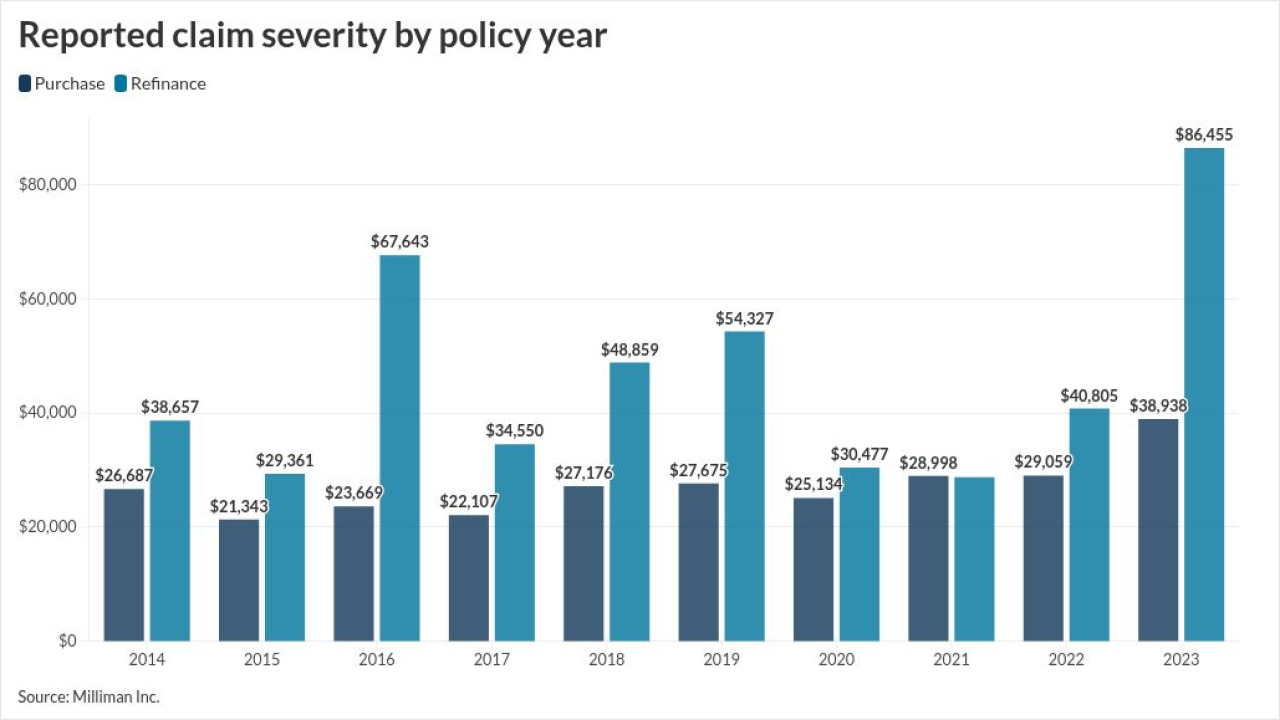Many insurance companies are not well prepared for the risks ahead,
While the benchmarking study verified that the insurance industry is one of the most mature in implementing the National Institute of Standards and Technology at the U.S. Department of Commerce framework, now is the time to implement risk-based strategies to strengthen security posture that extends beyond meeting minimum-security requirements and adhering to compliance regulations.
2021 saw the
To keep up with the rapid evolution of the threat landscape, insurance companies must adopt a risk-based approach to their cybersecurity strategy to identify their exposure to potential
Risk management pros
The insurance industry is no stranger to risk management. With many major firms now providing
The insurance industry prioritizes the safety of its customers' data through standards like the
A recent survey found that
Moving toward a risk-based approach
Today's threat landscape demands insurance organizations adopt risk-based strategies that ensure the success of vulnerability management and compliance. Organizations can identify, measure, prioritize, and manage all risks through this approach while adhering to regulatory requirements.
While there are many components to a risk-based cybersecurity strategy, insurance organizations should prioritize three essential aspects for successful implementation:
- Risk scoring and quantification: Cyber risk scoring provides an objective measurement for evaluating security posture that considers a wide range of risk factors, including the financial impact of a critical asset going offline. Through risk scoring, organizations can quantify how much it could cost the business per day if adversaries compromise their systems.
- Vulnerability prioritization: To prevent breaches, vulnerability prioritization automatically considers threat intelligence, asset context, and attack path analysis. Organizations with complex environments and limited resources can target their effort where it matters by prioritizing and mitigating vulnerabilities that pose the most significant risk.
- Exposure Analysis: Exposure analysis identifies exploitable vulnerabilities and correlates data with an organization's network configurations and security controls to determine if a system is vulnerable to cyberattacks. This strategy determines which attack vectors or network paths could be used to access vulnerable systems.
By embracing a risk-based approach to cybersecurity that works alongside compliance, insurance organizations can ensure customers are protected from threat actors looking to gain access to sensitive information. Interestingly,






